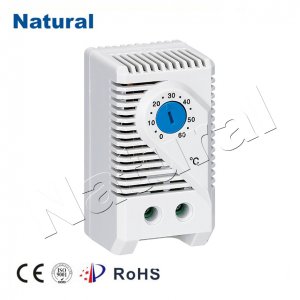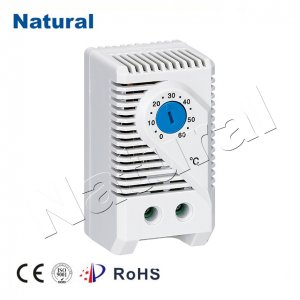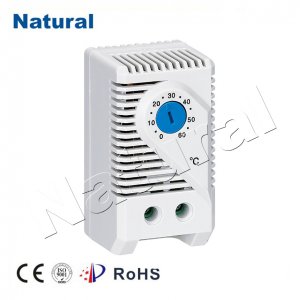In the realm of modern temperature management, cabinet thermostats play a crucial role in ensuring that various environments maintain their desired temperature. These devices serve as fundamental components in refrigerators, freezers, and various storage cabinets, where precise temperature control is essential for preserving goods, materials, or even sensitive electronic equipment. This article delves into the nuances of cabinet thermostats, exploring their functions, types, and the importance of proper installation and maintenance.

At its core, a cabinet thermostat is designed to monitor the temperature within a confined space and regulate it based on pre-set values. This control is vital in many applications ranging from commercial kitchens to scientific laboratories. For instance, in a medical laboratory where biological samples must be stored at specific temperatures, a reliable cabinet thermostat ensures that the temperature remains stable, thereby preventing spoilage or degradation of sensitive materials.

Cabinet thermostats can be classified into several types based on their mechanisms and features. The most common types include mechanical, digital, and smart thermostats. Mechanical thermostats operate using bimetallic strips that expand and contract with temperature changes, activating a switch when a certain threshold is reached. Although they are robust and relatively low-cost, they lack the precision offered by digital models. Digital thermostats employ electronic sensors to provide accurate and real-time temperature readings. These devices often include user-friendly interfaces that allow operators to set and monitor temperature levels easily. Additionally, many digital thermostats come equipped with alarms that notify users when temperatures deviate from the set range, further enhancing safety and reliability.
